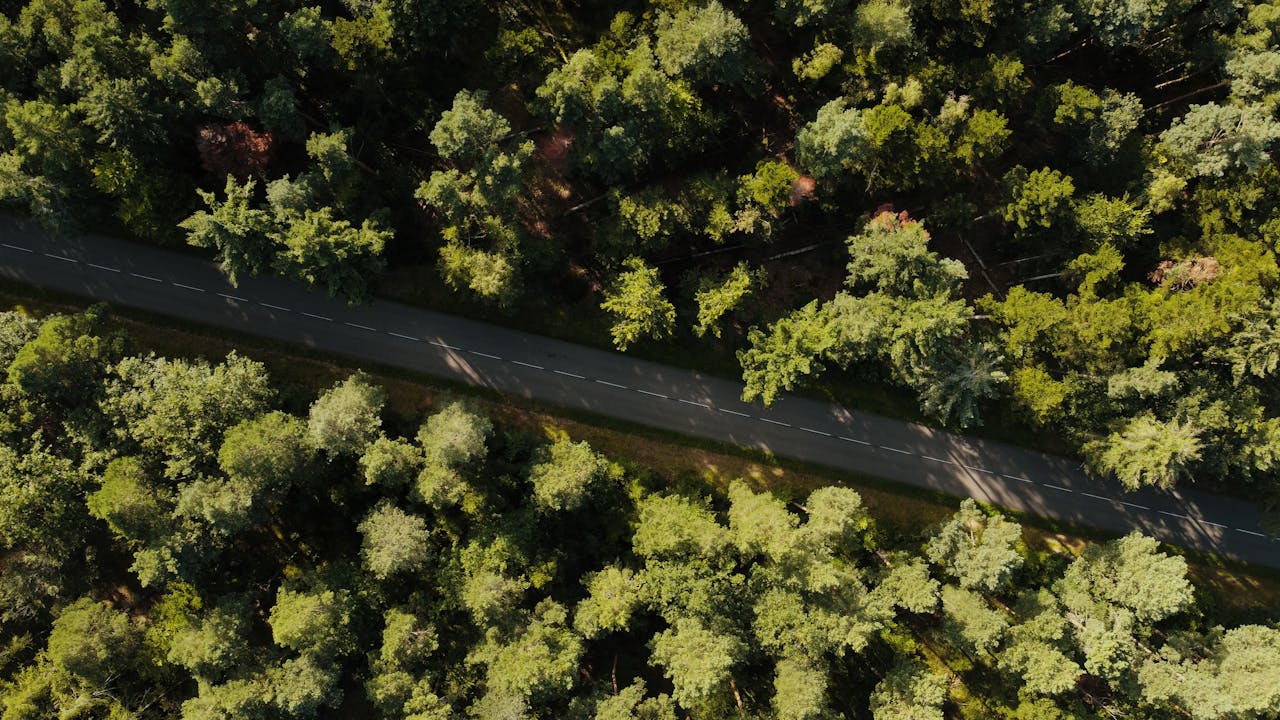Write Us: hello@ali5.org
How to Turn Any Trip Into a Story Worth Telling
Discover how to turn any trip into a captivating story. From noticing small details to capturing authentic moments, learn tips to make your travels truly memorable.

Some trips become stories you can’t stop telling. Others? They fade into vague memories of “Yeah, it was nice.” The difference usually isn’t the destination; it’s how you approach the experience.
Whether you’re going halfway across the world or just a few towns over, you can turn almost any trip into a story worth sharing at dinner parties, on your blog, or with future grandkids. The key is paying attention, creating moments, and knowing how to frame them later.
Start With an Intention, Not Just an Itinerary
Most people start with logistics: flights, hotels, and attractions. But great travel stories start with an intention.
Maybe your goal is to eat your way through a city, learn something new, reconnect with someone, or just see what happens. Having that “why” gives your trip a through-line, something that connects the moments and makes the story hang together.
Say Yes More Often
Stories rarely come from sticking to the safe and familiar. They come from the time you took a wrong turn, joined a street parade, or tried something you didn’t quite understand.
You don’t have to say yes to everything, but say yes more than you normally would. Every “sure, why not?” is a potential plot twist.
Leave Space for the Unexpected
If your days are planned to the minute, you won’t have room for the weird, wonderful detours that make the best stories.
Build in unscheduled time. Wander. Let curiosity decide your next move. Those gaps are where the unexpected happens: a conversation with a local, a surprise market, a view you didn’t know existed.
Talk to Strangers
People are the lifeblood of a good travel story. The landscapes might be beautiful, but it’s the characters who bring them to life.
Ask your barista what they do for fun, chat with the person next to you on a train, or join a walking tour and talk to the guide. Even brief interactions can turn into vivid memories when you look back.
Pay Attention to the Small Details
The smell of fresh bread in a back alley bakery. The way the light hits a building at sunset. The sound of mopeds echoes through narrow streets.
When you notice the small sensory details, you create richer memories and richer stories. Keep a small notebook or use your phone’s notes app to jot down these moments before they slip away.
Embrace the Mishaps
Some of the most retold travel stories start with something going wrong. You missed a bus. The hotel lost your reservation. It poured rain all day.
In the moment, it’s frustrating. Later, it’s comedy gold or at least a good icebreaker. The trick is to roll with it, knowing that future-you will probably find it funny.
Create “Set Pieces”
Think of your trip like a movie. Movies have big, memorable set pieces and scenes you can picture clearly. You can do the same for your travels.
Plan at least one experience that’s guaranteed to be memorable: a sunrise hike, a night at a tiny live music bar, a boat ride to a hidden beach. These are the moments your story will orbit around.
Capture It Without Living Behind a Screen
Photos and videos help you remember, but they’re only part of the story. Try recording audio clips, writing short daily notes, or collecting small mementos like ticket stubs or local candy wrappers.
But don’t document everything. You still need to be in the scene, not just photographing it.
Think in Scenes, Not Just Chronology
When you tell your travel story later, don’t feel like you have to list every day in order. Stories are about moments, not timelines.
Pick the three to five most vivid, surprising, or emotional moments from your trip, and build your story around those. You can fill in context as needed.
Find Your “Hook”
Every good story has a hook, something that makes people lean in and say, “Wait, what happened?”
It could be the bizarre local superstition you encountered, the stranger who changed your day, or the meal you can’t stop thinking about. Identify your hook while you’re still traveling, and you’ll start noticing moments that connect to it.
Keep It Personal
Your trip story is more than a list of things you saw. It’s about what those things meant to you. Did a view make you cry? Did a conversation shift your perspective? Did getting lost make you feel more capable?
Share those parts. Vulnerability and personal insight are what turn a trip recap into something memorable.
Let the Story Keep Growing
Some stories get better with time. You’ll remember new details months later. Someone you met might reach out unexpectedly. A moment you didn’t think much of might take on more meaning.
Write down or share updates when they happen. A travel story doesn’t have to end the moment you get home.
The Bottom Line
It’s not about looking for the most Instagrammable moments on a trip to make it a story worth sharing. It’s about traveling with an open mind, taking advantage of chances, and letting the unexpected happen.
If you add your perspective, important details, and a lot of information, a short getaway over the weekend could turn into a story that resonates with you and the people you tell it to.







